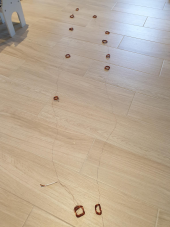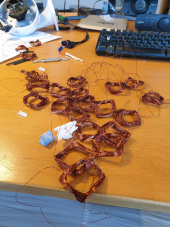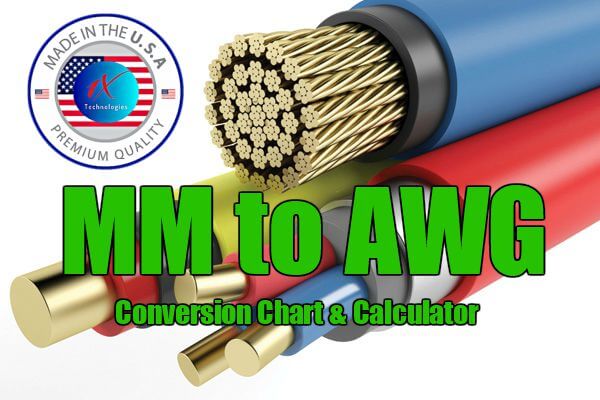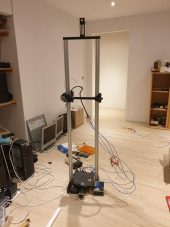brandnewb
Going for serious. starting as newb
hmm or is it more like how it is done in North America. In where the mains grid is 240V but then gets split into 2 x 120V. So in that context I should be aiming for 360V battery pack. It does makes sense though as my 3 phase 15Kw heater has a 400V rated power plug. As does my 11Kw EV charger.









